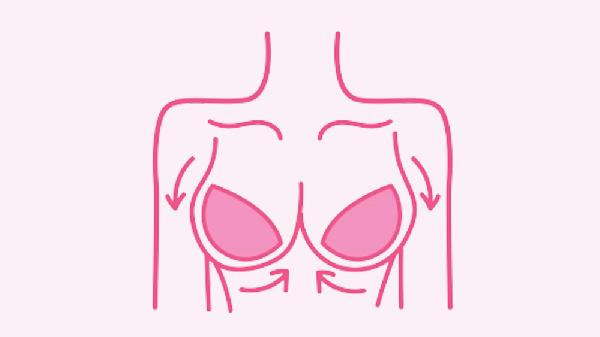Good posture isn't just about looking confident—it's a game-changer for your overall health. When you stand tall with your shoulders back and spine aligned, you're not just making a better first impression; you're actively reducing strain on your muscles and joints, improving breathing, and even boosting your mood. Slouching might feel comfortable in the moment, but it's secretly sabotaging your energy levels and long-term wellbeing. The good news? With some awareness and simple adjustments, anyone can train their body to maintain better posture naturally throughout the day.

That hunched-over position you default to while scrolling your phone or working at your desk? It's doing more damage than you might realize. Chronic poor posture leads to muscle imbalances where some muscles become overworked while others weaken from underuse. This sets off a chain reaction of issues—neck pain, tension headaches, reduced lung capacity, and even digestive problems. When your spine isn't properly aligned, your body has to work overtime just to keep you upright, which explains why you might feel exhausted after a day of "just sitting." Over years, this can contribute to degenerative disc disease and permanent changes to your spinal curvature. The silver lining? Your body is incredibly adaptable, and it's never too late to start correcting these patterns.
Here's where things get really interesting—your physical posture directly influences your mental state. Multiple studies show that maintaining an upright position increases testosterone and decreases cortisol (the stress hormone). This explains why you naturally sit up straighter during important meetings or dates—your body knows this position projects confidence. But it works both ways: adopting powerful postures can actually make you feel more confident through a phenomenon called embodied cognition. Try this experiment: next time you're feeling anxious or insecure, stand in a "superhero pose" (feet apart, hands on hips) for just two minutes. You'll likely notice an immediate shift in your mental state. Your posture isn't just reflecting how you feel—it's helping create those feelings.
Improving your posture doesn't require drastic lifestyle changes—just smarter adjustments to what you're already doing. Start by becoming aware of your "posture triggers"—those moments when you tend to slump (driving, watching TV, using your phone). Set reminders to check your alignment during these activities. When sitting, imagine a string pulling the crown of your head toward the ceiling while relaxing your shoulders down. For desk workers, position your computer monitor at eye level to avoid neck strain. Simple strengthening exercises for your core and back muscles will make good posture feel effortless rather than forced. Even small changes like sleeping on your back with a thin pillow or carrying your bag crossbody instead of on one shoulder can make a big difference over time.
Our smartphones have created an entirely new posture problem dubbed "tech neck." For every inch your head tilts forward from its neutral position, the weight on your spine increases by about 10 pounds. That means when you're looking down at your phone (which the average person does for 4+ hours daily), your neck is supporting the equivalent of a small child's weight. This constant strain leads to that familiar hunched appearance and chronic neck/shoulder pain. Combat this by holding devices at eye level whenever possible, taking frequent breaks to stretch your neck backward, and practicing chin tucks throughout the day. Consider setting a phone wallpaper that reminds you to check your posture—sometimes the simplest solutions work best.
While poor posture affects people of all ages, the consequences become more pronounced as we get older. After about age 40, we naturally lose muscle mass and bone density, making it harder to maintain proper alignment without conscious effort. The kyphotic posture (rounded upper back) commonly seen in elderly individuals often starts as subtle slouching in middle age. The good news? It's never too late to improve. Weight-bearing exercise, yoga, and targeted strength training can help preserve—and even restore—proper posture well into later life. Pay special attention to vitamin D and calcium intake to support bone health, and consider consulting a physical therapist if you notice significant changes in your posture over time.
Standing tall isn't about vanity—it's one of the simplest yet most powerful things you can do for your long-term health. Like any habit, improving your posture takes consistent practice, but the benefits compound over time. You'll breathe easier, move with less pain, and project confidence without saying a word. Start small by fixing your posture in one daily activity (maybe while brushing your teeth or waiting in line), and let that awareness gradually spread to other parts of your day. Your future self will thank you for every moment you spend standing a little straighter today.
























